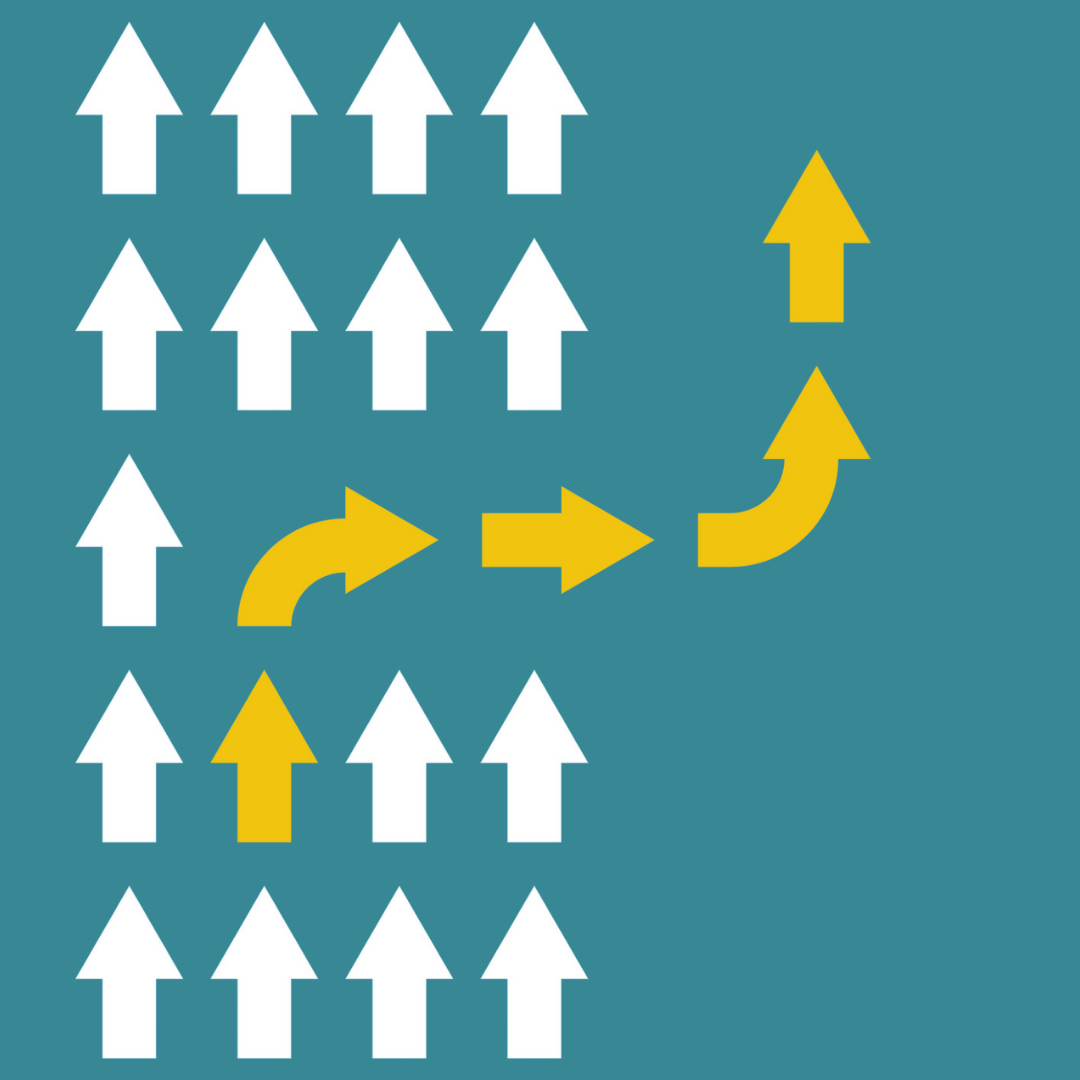How to Change a Habit
Our lives are comprised of a series of habits. These habits are daily patterns that can positively or negatively influence how we think, act, and feel. We are often unaware of our habits; they have become second-nature to us because we have been doing them for so long. We have taught ourselves how to function on autopilot and often forget that we can change any habit that we have started—even if we have been doing it for years. To change a habit, though, it’s important to understand how they work. Habits are composed of three main parts: cue, routine, and reward.
The formation of every habit starts with a cue. A cue is something that triggers the habit. This could be feeling uncomfortable and wanting to browse social media or feeling lethargic and deciding to take a nap. A cue could also be the sound of a specific ringtone or walking into a familiar place that triggers certain memories. The cue triggers a craving. The cue makes your brain think you’re missing something and need to find it.
After the cue comes the routine. The routine is the action you take to get to your reward after you notice the cue. The routine could be picking up your phone to scroll through social media or grabbing a book to read before bed. It could be watching your favorite TV show or listening to a particular podcast. The routine gets you your reward.
5 rows of white arrows pointing up. A line of yellow arrows turning right and diverting out of formation.
Finally, we have the reward. The reward is what makes you feel satisfied and happy. This can be the feeling of relaxation after a good book or the sense of relief after completing a challenging task.
Altering the routine while keeping the cue and reward the same is the key to changing any habit. Once you can change that routine, you will find an even greater reward in your new and healthier habits. Think of it this way—if you want to quit smoking, you might start going for a walk when you feel the urge to smoke. The cue is the same: you wanted a cigarette because you felt stressed, but the routine is different; you went for a walk and felt a sense of calm. The reward winds up being the same—you feel happy and less stressed in your own skin.
Alternatively, let’s say you want to stay alert during long meetings without relying on energy drinks. The cue (feeling drowsy during meetings) and the reward (feeling more awake) are the same, but your routine needs to change. Right now, you might reach for an energy drink or a sugary snack. Instead, try standing up and stretching for a few minutes or taking deep breaths. It will provide the same reward. You will feel more awake and focused.
You gain more awareness about why you do the things you do by noticing what your habits are. It’s also not always easy to change a habit when there are many factors that contribute to you doing what you do. If you are really struggling with taking that first step, remember to reach out for help from a therapist or someone you trust. Sometimes the first step is the hardest to take and often the one we need the most help with, but it gets easier to alter habits in general after that.

